Day Care Options in Japan
Much has been made of Prime Minister Abe's plan to do away with childcare waiting lists in Japan by adding spots for 400,000 children by 2017, but for now there is a shortage of day care in many areas, including Tokyo. So when it comes to sorting out your own child’s care options, it pays to do your research, be organized, and have a number of back up strategies should plan A (and possibly plans B and C) fall through.
Throughout Tokyo and Japan, there are both authorized and unauthorized childcare choices available. Authorized means these centers have been approved by the Tokyo Metropolitan Government, and include both public and private daycare centers. Unauthorized options aren’t government-regulated, and don’t have to meet certain standards set by the government and local ward offices.
Authorized Options
Hoikuen: Public Day Care
While the Japanese government subsidizes public day care, placement in this system is very difficult to come by.
In order to qualify for public day care, factors such as whether both parents are working, total household income, whether the mother is pregnant, and the number of families residing in the same ward are all considered. Most of these day care facilities already have long waiting lists, but if you are lucky enough to get into one, the costs are quite low. The amount you pay will be determined by what your household income is.
However, the registration process for these facilities—even to be put on a waiting list—is, of course, a massive task in itself, and wards do differ in what these processes are. Generally though, the day care center year runs with the school year, beginning in April and ending in March the following year. This means applications are usually accepted from January, with decisions on acceptance being made by early to mid-March. Applications are made at your ward office. If your Japanese isn’t good, it’s a great idea to take a Japanese speaking friend with you.
When you do apply, you will need to make sure you have the required documentation filled out, as well as an up-to-date vaccination schedule for your child. Once again, you may need to ask a friend for help in filling out the forms if your Japanese language skills aren’t strong.
For more information on hoikuen in your area, please contact your local ward office.
Private Day Care
If you can’t find placement for your child in a hoikuen, private day care centers are worth looking at, and are regulated by the government.
Although privately run day care is more expensive, group sizes are generally smaller, and often specialty classes or activities are run that your child may not have at a hoikuen, such as music and language classes.
Applying for private childcare is done directly at the center you wish to enroll your child at, although the paperwork involved in the application process is very similar to that of hoikuen. Again, a current immunization record for your child must be shown. You and your child will most likely have an interview once your application is submitted.
The calendar year for private daycare is again April to March, although applications can generally be submitted at any time of the year for immediate enrolment if the center has the space.
Unauthorized Options
The childcare alternatives tagged as unauthorized can include:
Hoiku mama: a lady (usually a “motherly type” as described by many ward offices), who will mind up to two or three children in her own home (often one of those is her own child).
Hoiku shitsu: a household day care center run out of a home by a private citizen, that will take up to 30 babies or toddlers.
Even though these choices aren’t government regulated, there are still enrollment procedures to follow. Not all wards offer the same services, so it’s wise to investigate what’s available in your area. More information can be obtained at your local ward office.
Do you utilize day care in Tokyo for your kids? If so, what type and why?
Photo by Pieterjan Vandaele.

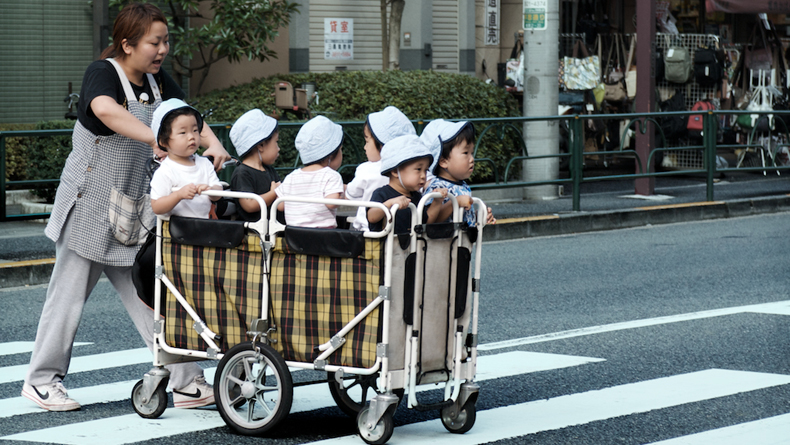

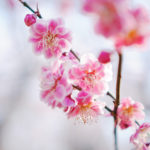
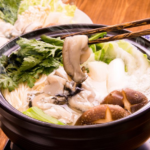
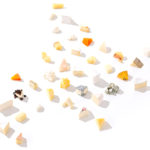
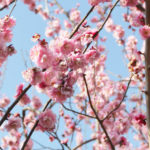






Leave a Reply